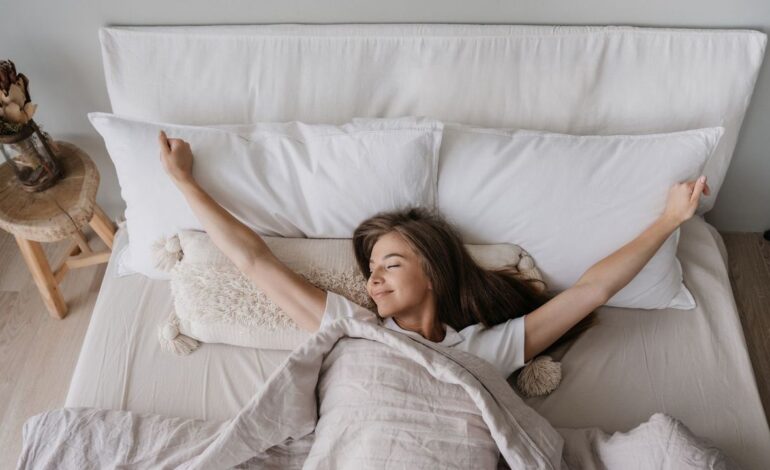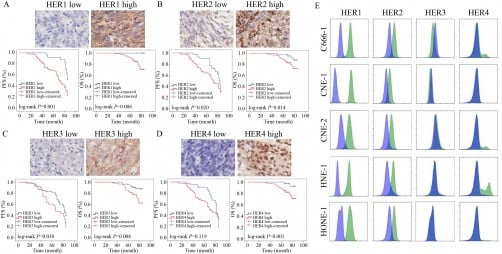Acupressure: An Ancient Method for Better Sleep Explored

The ancient practice of acupressure may enhance sleep quality, according to experts in traditional Chinese medicine. This non-invasive technique, which applies pressure to specific points on the body, has garnered attention for its potential benefits in alleviating insomnia and improving overall sleep quality. As modern society continues to seek solutions for sleep-related issues through various trends, the efficacy of acupressure remains firmly rooted in centuries of practice.
Lily Lai, a registered acupuncturist with a PhD in Chinese Medicine in Primary Care, describes acupressure as a method that applies pressure to acupoints on the body and face. “Pressure is applied in a variety of ways, with finger pressure being the most common,” she explains. Dr. Haley Parker, a Doctor of Oriental Medicine and the Director of Clinical Operations at Virginia University of Integrative Medicine, emphasizes that this technique stimulates the body’s meridians—energy channels corresponding to various organs and systems.
Both practitioners assert that the goal of acupressure is to restore balance by promoting the smooth flow of Qi (vital energy) throughout the body. From a Western perspective, acupressure may stimulate the nervous system, reduce cortisol levels, and activate the body’s parasympathetic response, which is associated with relaxation.
Scientific Evidence Supporting Acupressure for Sleep
The National Health Service (NHS) in the UK categorizes acupressure as a form of complementary and alternative medicine (CAM). They advise individuals to consult their general practitioner before exploring such therapies. Despite this caution, a growing body of research supports the effectiveness of acupressure in improving sleep. According to Dr. Parker, studies have shown significant improvements in sleep quality among various populations, including hospital patients and older adults.
One review highlighted that acupressure enhanced sleep quality, total sleep time, and sleep onset latency compared to control groups. This suggests that acupressure may be a viable intervention for individuals struggling with sleep disorders. Research published in the Iranian Journal of Medical Sciences indicated that acupressure could improve sleep quality in menopausal women by up to 22%.
Mechanisms and Benefits of Acupressure
Acupressure may benefit sleep through several mechanisms. The application of pressure to specific points can calm the nervous system and alleviate physical tension. Dr. Parker notes that the choice of acupressure points depends on individual symptoms. Commonly recommended points include:
– **Shenmen (HT7 – Heart 7)**: Often used for insomnia and anxiety, located on the wrist crease, this point helps to settle racing thoughts.
– **Yintang (“Third Eye”)**: Located between the eyebrows, known for its calming effects and support for melatonin production.
– **Anmian (“Peaceful Sleep”)**: Situated behind the ear, this point is specifically used for sleep disturbances.
– **Sanyinjiao (SP6 – Spleen 6)**: Found on the inner lower leg, it supports hormonal regulation, which is crucial for emotional balance and sleep.
Lai emphasizes that reducing stress and anxiety through acupressure can significantly enhance sleep quality. A systematic review indicated that the practice could lead to a marked reduction in anxiety levels, which in turn facilitates better sleep.
In addition to easing anxiety, acupressure can directly combat insomnia. Research comparing self-administered acupressure with sleep hygiene education found that those practicing acupressure reported improved Insomnia Severity Index scores after four and eight weeks.
Moreover, studies focusing on auricular acupressure, which targets the ear, suggest that its effects on insomnia are comparable to those of conventional medications like estazolam.
Practical Applications and Safety Considerations
For individuals interested in exploring acupressure at home, Dr. Parker recommends several simple techniques. These include applying gentle pressure to key acupressure points for 1–2 minutes, utilizing acupressure mats designed to stimulate multiple points, or engaging in partner massage focusing on calming areas such as the neck and shoulders.
Dr. Parker also suggests combining acupressure with deep breathing exercises to enhance relaxation. For those looking to target nausea or stress-induced sleeplessness, acupressure wristbands can be effective. These bands stimulate the Nei Guan (Pericardium 6) point, which is known for its calming effects.
While acupressure is generally considered safe, Lai and Dr. Parker advise consulting with a healthcare provider before starting any new treatment, especially for individuals with underlying health conditions. Specific patient groups, including children, pregnant women, and the elderly, should seek medical advice before using acupressure.
In conclusion, as interest in alternative therapies continues to rise, acupressure stands out as a promising method for improving sleep. With its rich history and growing body of supportive research, it may provide a valuable tool for those seeking relief from sleep disturbances.






